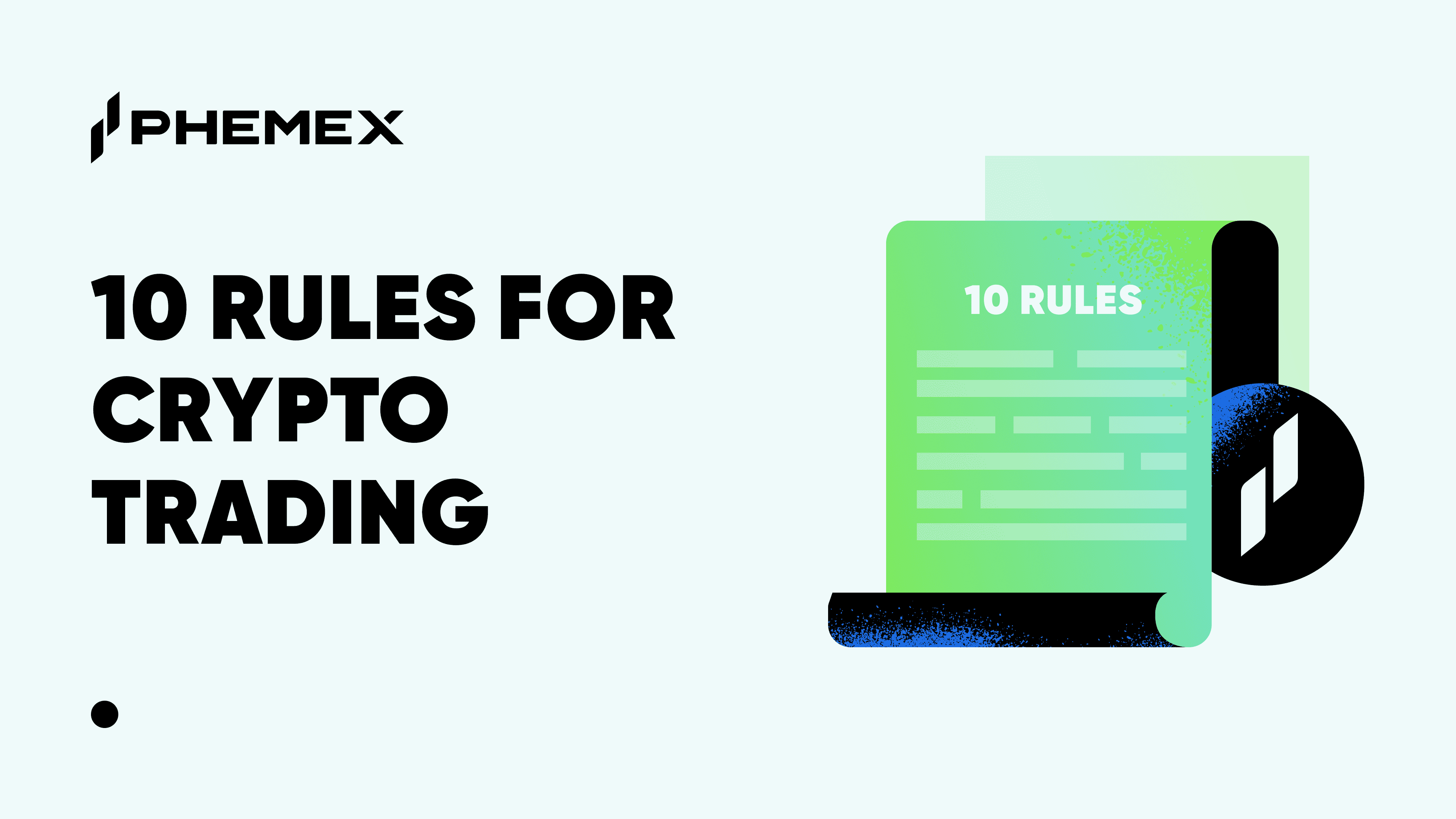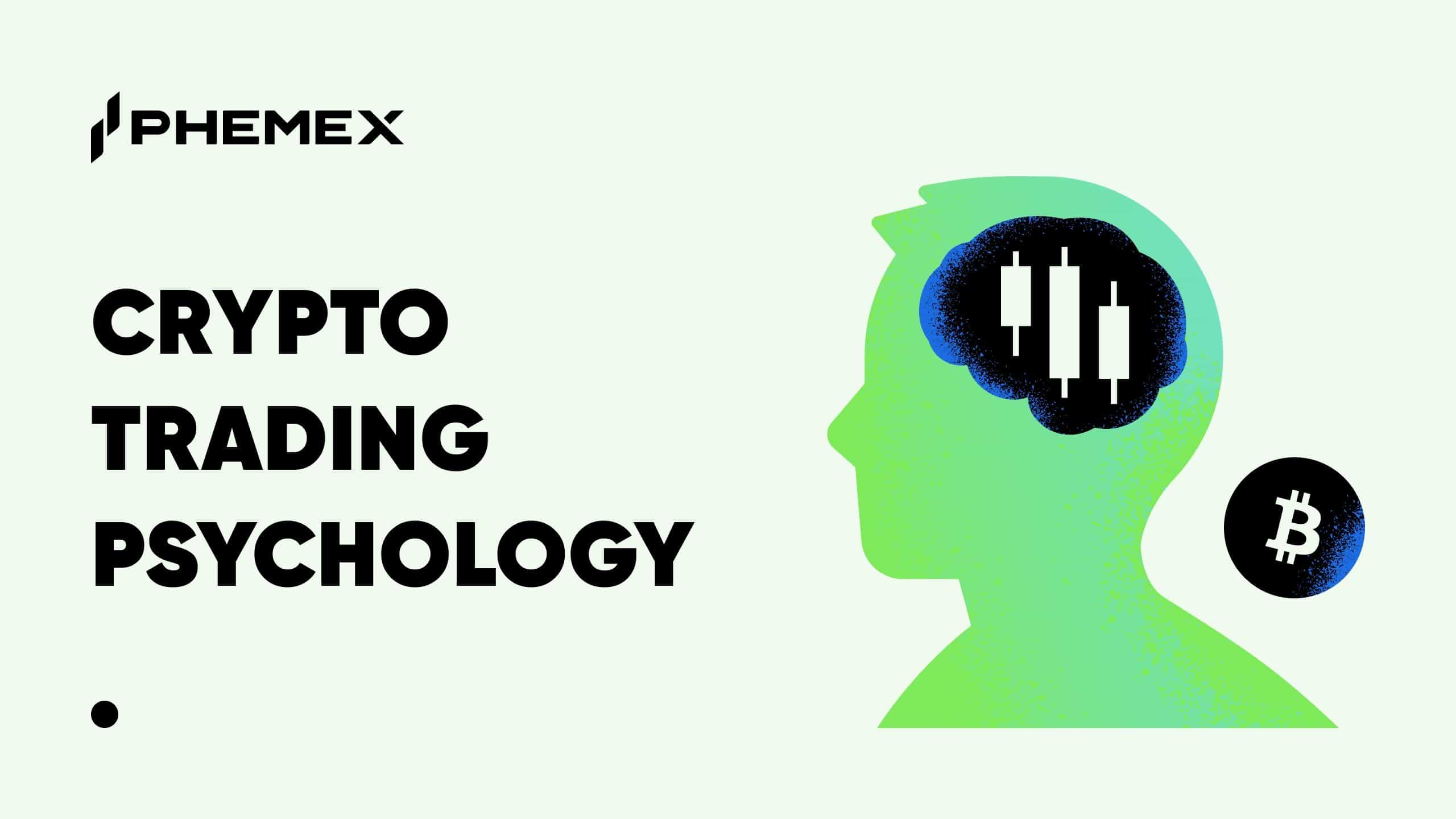Summary
- Crypto derivatives are secondary contracts or financial tools that derive their value from a primary underlying asset. In this case, the primary asset would be a cryptocurrency such as Bitcoin.
- The most popular crypto derivatives are crypto futures, crypto options, and perpetual contracts.

In our previous article on How to trade cryptos, we introduced the concept of cryptocurrency exchanges and spot markets. Most exchanges such as Phemex also have derivative contract trading. The knowledge required to participate in these markets effectively is much more advanced. However, the sophistication of these financial instruments allows for much more flexibility and control when trading.
Crypto Derivative Markets vs. Crypto Spot Markets: What is the difference?
A BTC spot market allows traders to purchase and sell Bitcoins at any time, but also comes with certain limitations. For example, investors can only make money when the price of Bitcoin goes up. If the price drops, anyone holding BTC will experience a loss. Even those that were lucky enough to sell before a significant dip and intend to buy back lower, need prices to bounce back up. If these do not, then there is no way to profit. Another characteristic of spot markets is that they force traders to hold the assets they want to speculate on.
A Bitcoin derivative, on the other hand, can allow people to trade contracts that follow the price of Bitcoin without ever having to actually own any Bitcoin.
Discover more on the differences between Spot Trading and Futures Trading
What are Bitcoin Futures?
As described above, a Bitcoin future is simply a contract or an agreement between two parties to purchase and sell BTC at a given price at a specific future date (hence the name). However, neither party is required to actually hold the underlying asset, in this case, Bitcoin. Instead, they simply settle the contract in USD or any other agreed-upon currency. What distinguishes futures contracts from other crypto derivative instruments is the specific settlement date.
How to Invest in Bitcoin Futures?
Let’s walk through an example of someone trading Bitcoin futures. One of the first things a trader would have to decide on is the duration of the contract. Crypto derivative exchanges offer multiple options such as weekly, bi-weekly, quarterly, etc. Suppose you want to trade weekly BTC contracts and each contract is worth $1 of BTC when the price is at $10,000. This means that to open a position that is worth 1 BTC, you would need 10,000 contracts.

At this point, a trader can either go long (bet that the price will increase) or short (bet that the price will decrease). Whichever direction you choose, when you open a position, the exchange platform essentially matches you with someone going in the opposite direction. One week later, when the contracts must be settled, one of the traders will have to pay the other. If you chose to go short and a week later the price has moved down, you make a profit. If the price has moved up, you experience a loss.
Curious on how to Short Bitcoin? Read Short and Long Bitcoin
What are Bitcoin Options?
Bitcoin options are also crypto derivative contracts that follow the price of bitcoin, except these do not necessarily have to be settled at their expiration dates. The reason these are called options is that they give traders the option or right to buy or sell at predetermined prices at specified future dates.
How to Trade Bitcoin Options?
Options Basics: Calls and Pulls
If we use the same example as above replacing crypto futures with options, the following key details would have to change. With Bitcoin options, you do not long or short, instead, you have “call” and “put” options. A call option gives its owner the right to purchase bitcoin at an agreed price once the contract expires. Conversely, a put option gives its owner the right to sell. With either option, it is entirely up to the owner whether they choose to exercise their right or not.
Example of a Bitcoin Option
For example, if you purchase a call option for BTC at $10,000 that expires in a week, this means that one week later, regardless of where the price is at, you have the option to buy one BTC for $10,000 (the price at which you can buy the asset in the future is called the strike price). If the price of BTC has risen to $11,000, you would certainly exercise your right as you can purchase a BTC for a cheaper price and then sell it for a $1,000 profit. If the price has dropped below $10,000, you would simply choose to let the option expire as purchasing a BTC at the strike price would translate to a loss.
It is important to understand that options do not offer investors a risk-free method of crypto derivatives trading. Each option has its own price, called a premium, which varies based on market conditions. So when a trader lets their option expire without exercising their right to buy or sell, they still lose whatever premium they paid for that option.
What are Bitcoin Perpetual Swaps/Bitcoin Contracts?
Bitcoin perpetual contracts are crypto derivatives that unlike futures or options do not have an expiration or settlement date. Traders are able to keep their positions open for as long as they want under certain conditions. One of these is that the account must contain a minimum amount of BTC (margin). Another distinct factor to consider is the funding rate. This is a unique mechanism that helps tether the price of the perpetual contract to that of Bitcoin. Because of its time limit, the price of a futures contract will always converge with the price of the underlying asset at expiration. Since perpetual contracts don’t expire, their prices can start deviating significantly from bitcoin’s prices. A solution to this problem is to have one side of traders pay the opposing side.
(Here to find out the uniqueness of The Inverse Perpetual Swap)
How do you trade a perpetual contract?
For example, if too many traders have long positions and the price of BTC perpetual contracts is rising excessively above BTC’s spot price, people would have no incentive to open short positions. This scenario would result in a positive funding rate. When the funding rate is positive, all long positions must pay shorts. When the funding rate is negative, shorts pay longs. This payment helps incentivize traders to close long positions and possibly open shorts bringing the price back down to match Bitcoin’s actual market price. To be clear, this payment is made directly between traders. Exchanges do not collect any funding payments.
Example of a Bitcoin perpetual contract
Once again, let’s walk through an example. On Phemex, BTC/USD perpetual contracts are worth $1 of a BTC. If the price is at $10,000, you can open a position of 10,000 contracts to trade the equivalent of 1 BTC. If you are going long, you can hold your position for as long as you want until the price has increased to a level that you are satisfied with. This could be hours, days, or even months. Once you choose to close our position, the exchange will take care of paying you the difference between your entry price and the current market price. This payment is essentially coming from another trader that chose to short and lost money. The only fees you must consider are the aforementioned funding rate payments and any additional exchange fees.

Leverage in Crypto Derivatives
The scenario described above is the simplest way to trade perpetual contracts. However, on Phemex, there is another element that you can incorporate into your trading. Leverage allows you to trade a position that is much higher in value than your original margin. For example, if you use 100x leverage, this means you can start with $100 and multiply it by 100 to trade a position worth $10,000. With the increased potential for profits comes increased risk as well. The more leverage you use, the more likely you are to lose all your money with a small price move against you.
Conclusion
As always, with any financial instrument, do your own research, practice before you risk real money, and never risk more than you can afford to lose.
Read More
- What are Crypto Derivatives & How do they Work?
- Crypto Derivatives Are Surging, But What’s Missing from the Market?
- What is Contract Trading: How to Trade Crypto Derivatives on Phemex
- What are Crypto Options & How do They Work?
- What are Crypto Futures & How do They Work?
- What Are Crypto Futures & How To Trade Bitcoin Futures Profitably
- What is Contract Trading in Crypto & How does it Work?
- Call vs Put Options Explained: What’s The Difference?









